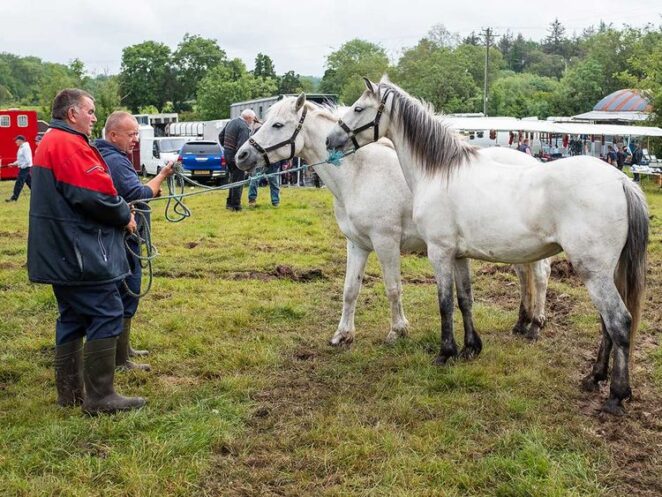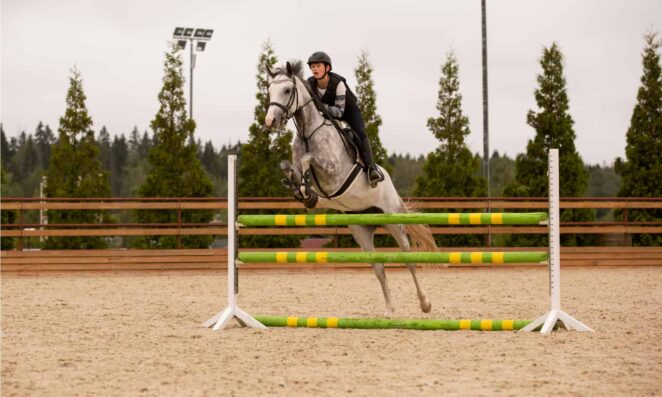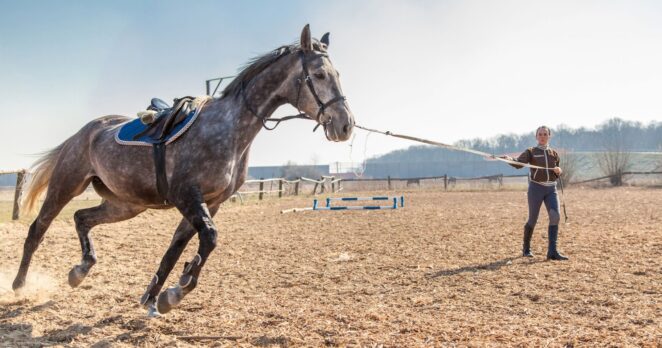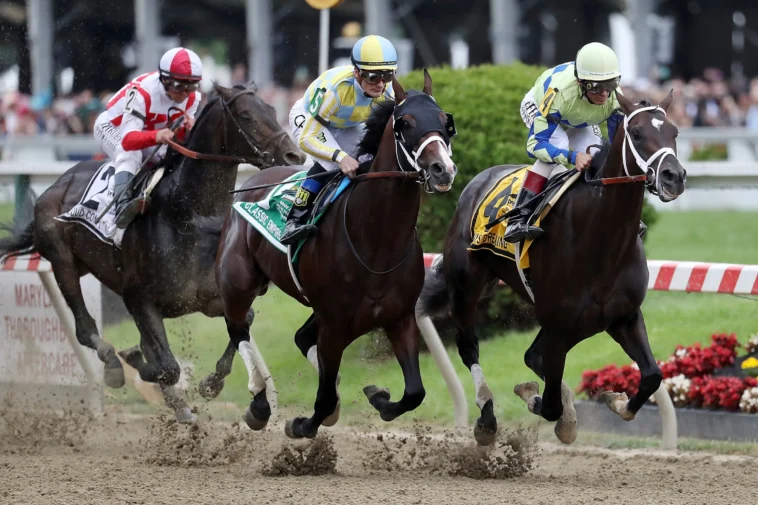The industry that surrounds racehorses is huge. There are the people involved in the everyday care of the horses, those who train them, the people producing specialist feed for them, the buyers and sellers, the jockeys, the bookmakers, and more.
In the USA in 2024 more than $12.2 billion was wagered on horse racing alone. There are many ways to place a bet, whether it’s using crypto payments, parimutuel betting on the day of the racetrack, or simple wagers between friends. To wager on horse racing with cryptocurrency, you can check here: https://www.bovada.lv/bitcoin.
Without these magnificent creatures, this industry would not exist at all, but what is it that makes them different from the ponies you find at the local riding school, or the wild mustangs that roam the US? Well, we’re here to find out.
Different Horses for Different Courses

The first step in fulfilling your horse racing dreams is finding the right horse. There are all sorts of different types of racing out there and there are different breeds of horses to suit each kind.
In the United Kingdom and parts of Europe, steeplechasing is a popular branch of horse racing. These horses need to be physically large enough to jump over the often-challenging fences, they need to be lean enough to carry their own weight and their riders over long distances and brave enough to dig deep in difficult conditions.
Thoroughbreds are the preferred breed for this, with a tendency for trainers to pick larger horses, generally above 16.2hh, with a slighter build than their flat racing counterparts.
Flat racing is the next type of racing that your horse might take part in. These horses need to be powerhouses. They should be intensely muscled with big deep chests to allow for maximum air intake into their lungs.
They’re usually a little shorter than their jumping counterparts at anywhere between 15.2hh and 16.2hh, with the occasional leggier outliers. Like steeplechasers, the majority of flat racehorses are thoroughbreds, but some have quarter horses added a little way back in the lineage for extra bulk.
The final type of racing is harness racing, which is popular almost exclusively in the USA, though there are small tracks across Europe too. This discipline requires horses to pull a lightweight buggy known as a sulky with a jockey around a dirt racetrack.
The horses can either trot in which pairs of diagonal legs move forward together, or pace in which pairs of opposite legs move forward together. The most popular breed for this is by far the standardbred, so named because all of the original horses in the standardbred stud book could trot a mile in the standard time of two minutes and thirty seconds. These horses tend to be shorter in the leg than thoroughbreds, as well as longer in the back, allowing them to achieve a lengthy trot stride.
Bombproofing, Training and Desensitising

There’s a whole lot of breeding that goes into creating the perfect athlete, as we’ve explained just now. Whether you’re breeding a champion steeplechaser, a world-beating flat racer, or a pacer to the stars, it’s going to take a long time, a lot of expertise, and probably a large chunk of change.
Once that’s out of the way though, it’s time to move on to the tricky part. Getting them fit enough to race and getting them used to the on-track experience.
Most hobby horse riders will know that horses are prone to spook at lots of silly things. The atmosphere on a racecourse can be difficult to deal with for a nervous horse, so making sure that the horse is ‘bombproof’ properly before its first race is going to make the whole thing safer for the jockey and more enjoyable for the horse.
Getting the horse used to entering starting gates will be essential for any flat racer, whilst getting the horse used to large crowds, scary white railings, or the atmosphere in the parade ring are all things that need to be considered in the everyday training regime.
Achieving Optimal Fitness

When it comes to fitness, each trainer has their own slightly different way of doing things. Welsh National-winning trainer Christian Williams swears by exercising his horses in a way that feels natural. He’s based on the Welsh coast and takes the horses for a canter along the beach and up and down the sand dunes most mornings, in order to improve their endurance and their ability to cope with undulating ground; necessary requirements for big, steeplechasing horses. After this, they go for a paddle in a nearby river to cool off their legs, which is particularly beneficial for any that suffer from soreness.
Whilst Christian Williams takes a back-to-nature approach, some other trainers are more technological in their approach. Noriyuki Hori is perhaps the most cutting-edge, using a Google Glass to show his riders the vital statistics of the horse that they’re exercising.
During exercise, the jockey will wear the hi-tech glasses and the horse will wear a heart rate monitor on the girth strap. The rider can keep a constant watch on the horse’s heart rate and the time it’s taking to cover 200-metre stretches, allowing them to work the horse in exactly the way that Noriyuki Hori has asked them to.
He might want the horse to be working at a 10% elevated heart rate for half an hour, 25% elevated for three minutes, and at a 2% elevation for a final half an hour. He might want to stretch the horse to cover more ground than usual.
Whichever way these trainers choose to train, both are getting great results. There’s no one-size-fits-all approach to horse training, whether racehorse, showjumper, or Shetland pony. Each animal is an individual, which is one of the things that makes achieving good results so immensely satisfying.
One thing is for sure though, all racehorses are finely tuned athletes. It may have been the case that a well-bred horse that was relatively fit could bolt past the post first some hundred years ago, but nowadays a whole team of experts, the finest nutrition, carefully monitored exercise and expensive breeding is barely the beginnings of what it takes to make a truly great racehorse.



